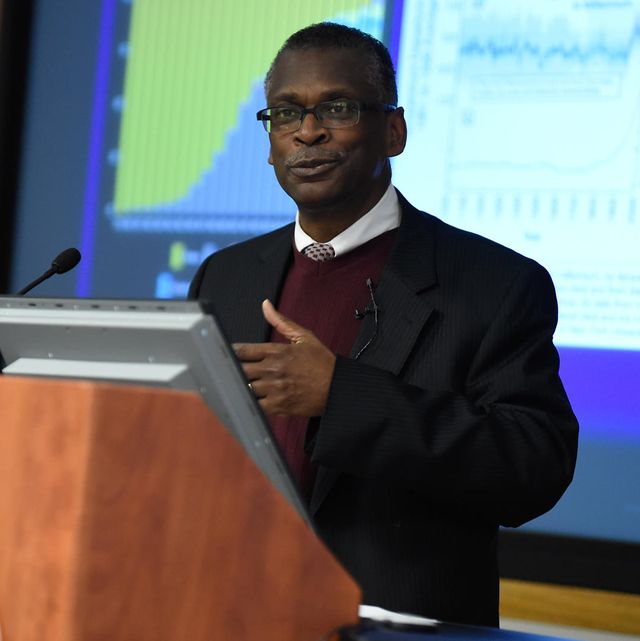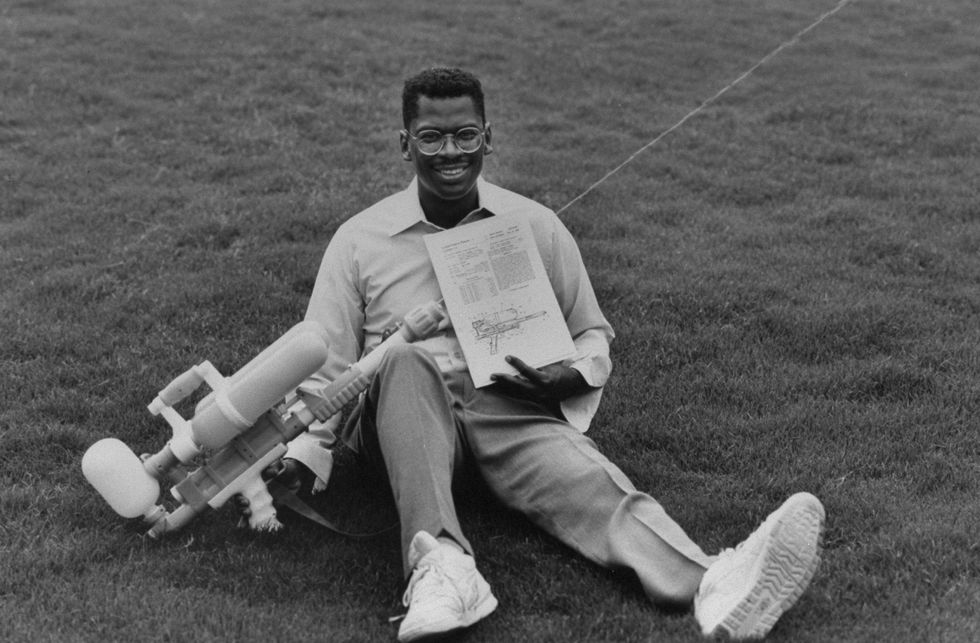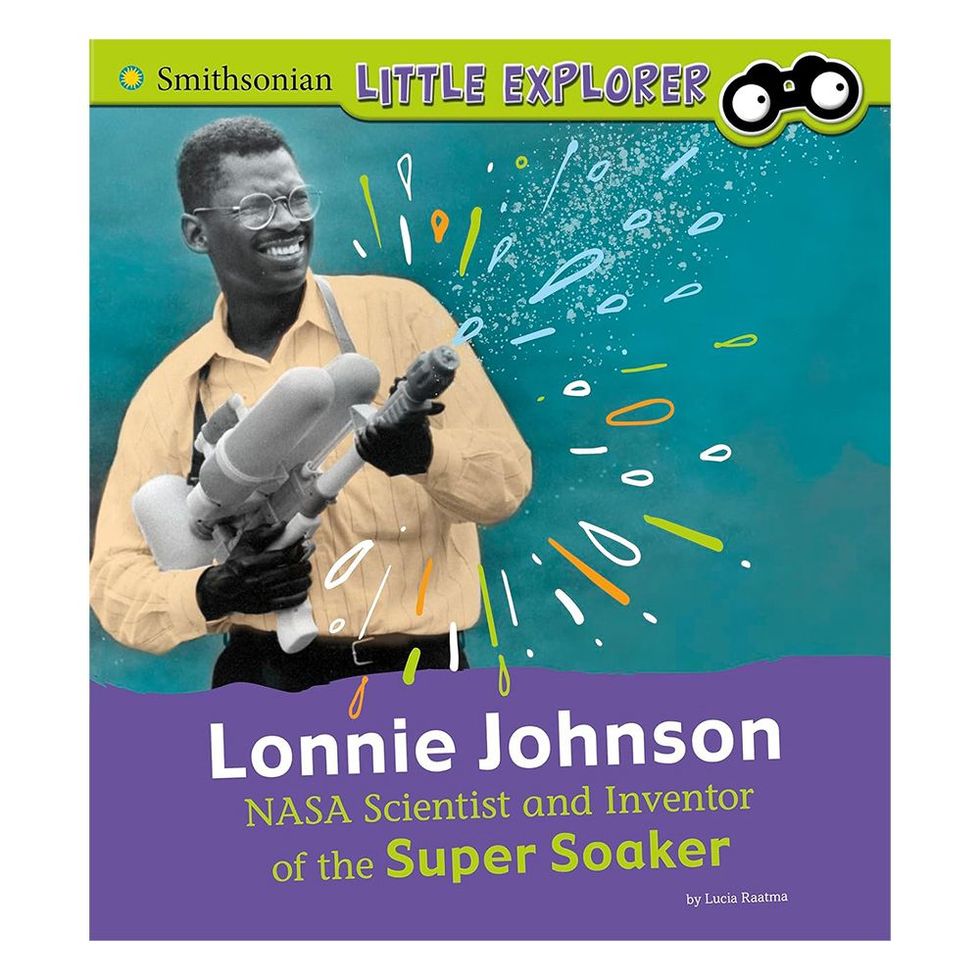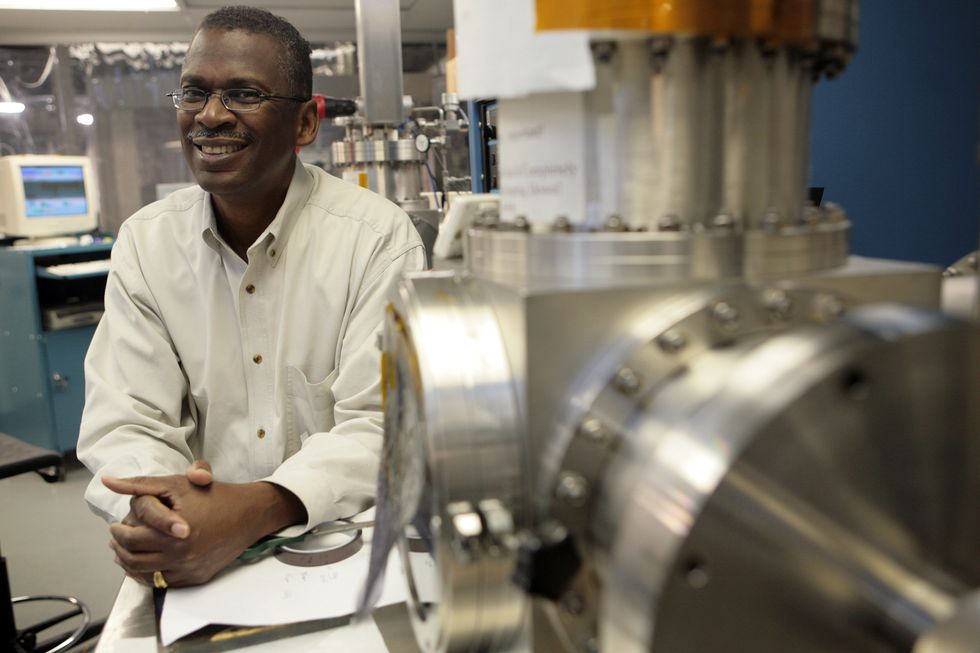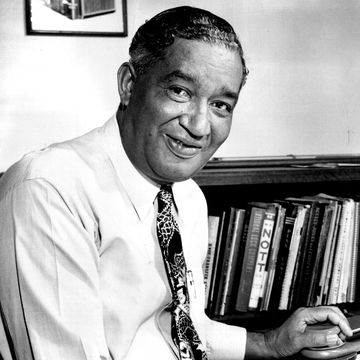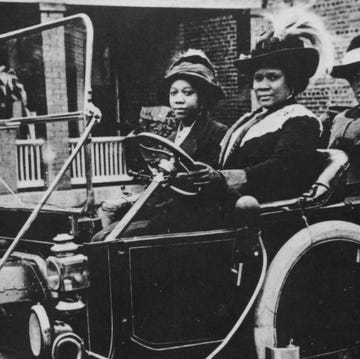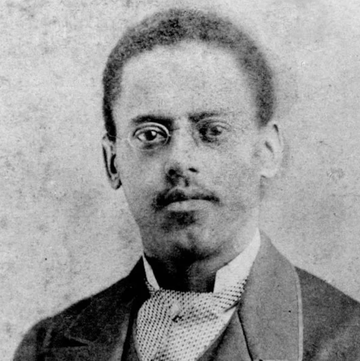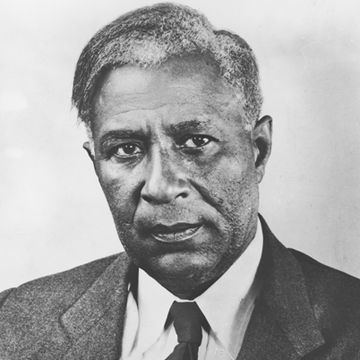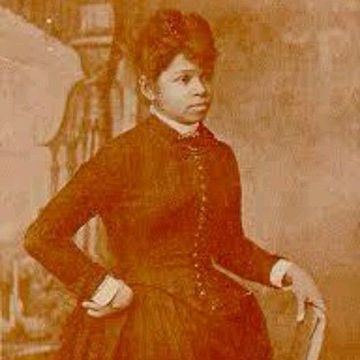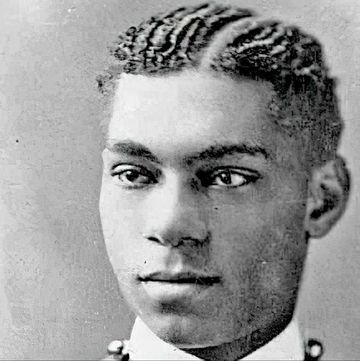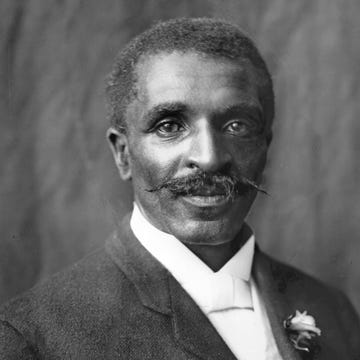1949-present
Who Is Lonnie Johnson?
Lonnie Johnson invented the Super Soaker in 1989 and has since dedicated his engineering skills to creating more efficient rechargeable batteries and sustainable solar power. As a child, Johnson learned to build toys from his father and was later inspired to make a career of his early talent by fellow Black inventor George Washington Carver. Since the debut of Johnson’s famous toy, hundreds of millions of Super Soakers have been sold, and the water gun was added to the National Toy Hall of Fame in 2015. Seven years later, Johnson was inducted into the National Inventors Hall of Fame. Today, in addition to working on batteries, the inventor and his team are developing the Johnson Thermoelectric Energy Converter (JTEC), an engine that converts heat from solar energy into electricity more effectively than current technology.
Quick Facts
FULL NAME: Lonnie George Johnson
BORN: October 6, 1949
BIRTHPLACE: Mobile, Alabama
SPOUSE: Linda Moore
CHILDREN: 4
ASTROLOGICAL SIGN: Libra
When Was Lonnie Johnson Born?
Lonnie George Johnson was born on October 6, 1949, in Mobile, Alabama. His father was a World War II veteran who worked as a civilian driver at nearby Air Force bases, while his mother worked in a laundry and as a nurse’s aid. During the summers, both of Johnson’s parents also picked cotton on his grandfather’s farm.
Out of both interest and economic necessity, Johnson’s father was a skilled handyman who taught his six children to build their own toys. When Johnson was still a small boy, he and his dad built a pressurized chinaberry shooter out of bamboo shoots. At age 13, Johnson attached a lawnmower engine to a go-kart he built from junkyard scraps and raced it along the highway until the police pulled him over.
Johnson dreamed of becoming a famous inventor and, during his teenage years, began to grow more curious about the way things worked and more ambitious in his experimentation—sometimes to the detriment of his family. “Lonnie tore up his sister’s baby doll to see what made the eyes close,” his mother later recalled. Another time, he nearly burned the house down when he attempted to cook up rocket fuel in one of his mother’s saucepans, and the concoction exploded.
Education
Growing up in Mobile in the days of legal segregation, Johnson attended Williamson High School, an all-Black facility, where he was told not to aspire beyond a career as a technician despite his precocious intelligence and creativity. Nevertheless, inspired by the story of famed African American inventor George Washington Carver, Johnson persevered in his dream of becoming an inventor.
Nicknamed “The Professor” by his high school buddies, Johnson represented his school at a 1968 science fair sponsored by the Junior Engineering Technical Society (JETS). The fair took place at the University of Alabama at Tuscaloosa, where, just five years earlier, Governor George Wallace had tried to prevent two Black students from enrolling at the school by standing in the doorway of the auditorium.
The only Black student in the competition, Johnson debuted a compressed-air-powered robot, called “the Linex,” that he had painstakingly built from junkyard scraps over the course of a year. Much to the chagrin of the university officials, Johnson won first prize. “The only thing anybody from the university said to us during the entire competition,” Johnson later recalled, “was ‘Goodbye’ and ‘Y’all drive safe, now.’”
After graduating with Williamson’s last segregated class in 1969, Johnson attended Tuskegee Institute (today Tuskegee University) on a scholarship. He earned a bachelor’s degree in mechanical engineering in 1973, and two years later, he received a master’s degree in nuclear engineering from the school.
Early Career
After Johnson received his degrees, he joined the U.S. Air Force and became an important member of the government scientific establishment. He was assigned to the Strategic Air Command, where he helped develop the stealth bomber program. Johnson moved on to NASA’s Jet Propulsion Laboratory in 1979, working as a systems engineer for the Galileo mission to Jupiter and the Cassini mission to Saturn, before returning to the Air Force in 1982.
Inventions: Super Soaker and Energy Converter
Super Soaker
Despite his busy days, Johnson continued to pursue his own inventions in his spare time. One of his longtime pet projects was an environmentally friendly heat pump that used water instead of Freon. Johnson finally completed a prototype one night in 1982 and decided to test it in his bathroom. He aimed the nozzle into his bathtub, pulled the lever and blasted a powerful stream of water straight into the tub. Johnson’s instantaneous and instinctive reaction, since shared by millions of kids around the world, was pure delight.
In 1989, after another seven years of tinkering and tireless sales-pitching, during which he left the Air Force to go into business for himself, Johnson finally sold his device to the Larami Corporation. The “Power Drencher” initially failed to make much of a commercial impact, but after additional marketing efforts and a name change, the “Super Soaker” became a massively successful item. It topped $200 million in sales in 1991 and went on to annually rank among the world’s top 20 best-selling toys.
According to The Strong National Museum of Play, Larami and Hasbro Inc., which acquired the company in the mid-1990s, have sold about 200 million Super Soakers in more than 175 variations. Sales are estimated around $1 billion. In 2013, Johnson received a $73 million settlement from Hasbro. The inventor had been seeking additional royalty payments from 2007 through 2012 based off toy sales.
In 2015, the Super Soaker was added to the National Toy Hall of Fame.
The Johnson Thermoelectric Energy Converter
Propelled by the success of the Super Soaker, Johnson founded Johnson Research & Development and went on to acquire dozens of patents. Some of his inventions, including a ceramic battery and hair rollers that set without heat, achieved commercial success. Others, including a diaper that plays a nursery rhyme when soiled, failed to catch on.
Another of Johnson’s invention sought to address matters of far greater importance: With the creation of the Johnson Thermoelectric Energy Converter (JTEC), the engineer aimed to develop an advanced heat engine that could convert solar energy into electricity with twice the efficiency of existing methods. He believed a successful version of the JTEC had the potential to make solar power competitive with coal, fulfilling the dream of efficient, renewable solar energy.
His pitches initially spurred, Johnson eventually obtained much-needed funding from the Air Force in order to continue working on his project. In 2008, Johnson received the Breakthrough Award from Popular Mechanics for the invention of the JTEC. More recently, he has been working with the Palo Alto Research Center (PARC) in California for further development.
In October 2017, Johnson said the project had been “on hold for a while” while he worked on developing new battery technology. Four years later in November 2021, JTEC Energy Inc. announced it had developed two working models of the converter focused on harnessing waste heat below 200 degrees Celsius. “This is a great milestone for our team. It’s gratifying to see the vision I have had for the last 20 years become a reality,” Johnson said.
If he manages to perfect the JTEC, Johnson could become one of the most important figures of the ongoing green technology revolution. Paul Werbos of the National Science Foundation summed up the immense importance of Johnson’s work: “It’s like discovering a new continent. You don’t know what’s there, but you sure want to explore it to find out... it has a darn good chance of being the best thing on Earth.”
Johnson Battery Technologies Inc.
In addition to his work with the JTEC, Johnson helped form Johnson Battery Technologies Inc., which develops custom batteries for government and private industry. The company has focused its efforts on developing a new generation of rechargeable batteries to provide greater energy in a smaller form.
Honors and Personal Life
Along with his groundbreaking scientific work and inventions, Johnson is board chairman of the Georgia Alliance for Children and a member of the 100 Black Men of Atlanta, an organization that mentors high school and college students. In 2011, he was inducted into the State of Alabama Engineering Hall of Fame.
On May 5, 2022, Johnson was officially inducted into the National Inventors Hall of Fame during a ceremony in Washington, D.C. “The honor is further motivation to keep experimenting and exploring,” Johnson said.
According to his website, Johnson has also served as a trustee to the Boys & Girls Club of America and as a board member of the Chasing the Dream Foundation, started by baseball legend Hank Aaron.
Johnson lives in the Sweet Auburn neighborhood of Atlanta, with his wife, Linda Moore. He has four children, whose names haven’t been publicized.
Fact Check: We strive for accuracy and fairness. If you see something that doesn’t look right, contact us!
The Biography.com staff is a team of people-obsessed and news-hungry editors with decades of collective experience. We have worked as daily newspaper reporters, major national magazine editors, and as editors-in-chief of regional media publications. Among our ranks are book authors and award-winning journalists. Our staff also works with freelance writers, researchers, and other contributors to produce the smart, compelling profiles and articles you see on our site. To meet the team, visit our About Us page: https://www.biography.com/about/a43602329/about-us
Tyler Piccotti first joined the Biography.com staff as an Associate News Editor in February 2023, and before that worked almost eight years as a newspaper reporter and copy editor. He is a graduate of Syracuse University. When he's not writing and researching his next story, you can find him at the nearest amusement park, catching the latest movie, or cheering on his favorite sports teams.
